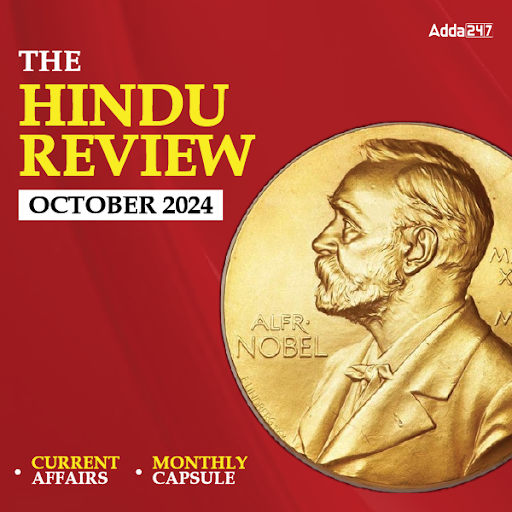Profit and loss are determined by the value of cost price and selling price. Cost price is the price at which an article is purchased and selling price is the price at which article is sold
Profit = selling price – Cost price
Loss = Cost price – Selling price
Percentage profit and loss are always calculated on cost price.
MARKED PRICE
Marked price is also known as the list price. It is the price which is marked on the article.
Where CP = cost price and MP = marked price
DISCOUNT
Shopkeepers devise several ways to attract customers (consumers). Sometimes they sell an article at a price lower than its list price (LP)/marked price (MP). Recall that reduction offered by retailer on the list price is called discount. We may recall that
Discount = MP – SP
Example 1: Marked price of a dining table is Rs 1350. It is sold at Rs. 1188 after allowing certain discount. Find the rate of discount.

Solution:
MP of the dining table = Rs. 1350
SP of the dining table = Rs. 1188
Discount allowed = Rs. (1350 – 1188) = Rs. 162
Discount percent =162/1350×100=12
This the rate of discount is 12%
As we had discussed the Multiplying Factor concept, it is very helpful to calculate the S.P. and C.P.
S.P. = C.P. × M.F.
In case of profit M.F. is greater then 1.
If there is 10% profit, then
S.P. = C.P. × 1.1
M.F. = 1.1
For 15% profit M.F. = 1.5
Let’s take an example
If markup percentage is 30%, and the profit percentage is 17% then find the discount percentage.
Let CP = 100
M.P. = 100 × 1.3 = 130
(M.P. – Marked up price)
S.P. = 100 × 1.17 = 117
Discount %
M.P. × Multiplying factor = S.P
130 × M.F. = 117
M.F = .9
Discount Percentage = 10%
In case of Loss S.P < C.P And M.F. is smaller then 1.
Relation between multiplying factor of, Profit, Mark-up and discount
MF profit = MF mark-up × MF discount.
SUCCESSIVE DISCOUNTS
Sometimes more than one discount are offered by the shopkeeper on a single item or article. When two or more discounts are applicable successively to the list price of an article, they form the discount series.
Suppose a shopkeeper is offering 3 successive discounts of 10%, 20% and 30% then to calculate effective discount we assume that marked price is 100, then final value becomes 0.90 × 0.80 × 0.70 × 100 = 0.54 × 100 = 50.4
Total discount = 49.6%.
if resultant come + then there will be overall profit, if it come – then there will be overall loss.
Example 2:
If two articles are sold at same selling price one at 30% profit another at 30% loss then what is his overall percentage profit or loss?
FALSE WEIGHT PROBLEMS
Shown or indicate weight is always equivalent to selling price, and actual/true weight is equivalent to cost price.
Example 3:
A shopkeeper takes 20%, extra quantity while purchasing the milk, and gives 25% less than the indicated weight while selling the milk. Find the profit percentage of he sells at the cost price only.
Solution:
Suppose the price of milk = 1 Rs per ml shopkeeper takes 120 ml, and pays only Rs. 100
While selling he gives only 75 ml and shows 100 ml.
Total selling price of 120 ml
100/75×120 = 160, hence percentage profit = 60%




 The Hindu Review October 2022: Download ...
The Hindu Review October 2022: Download ...
 CAIIB ABM Exam Analysis 2024, 24 Novembe...
CAIIB ABM Exam Analysis 2024, 24 Novembe...
 Important Essay Topics for IBPS PO Mains
Important Essay Topics for IBPS PO Mains




